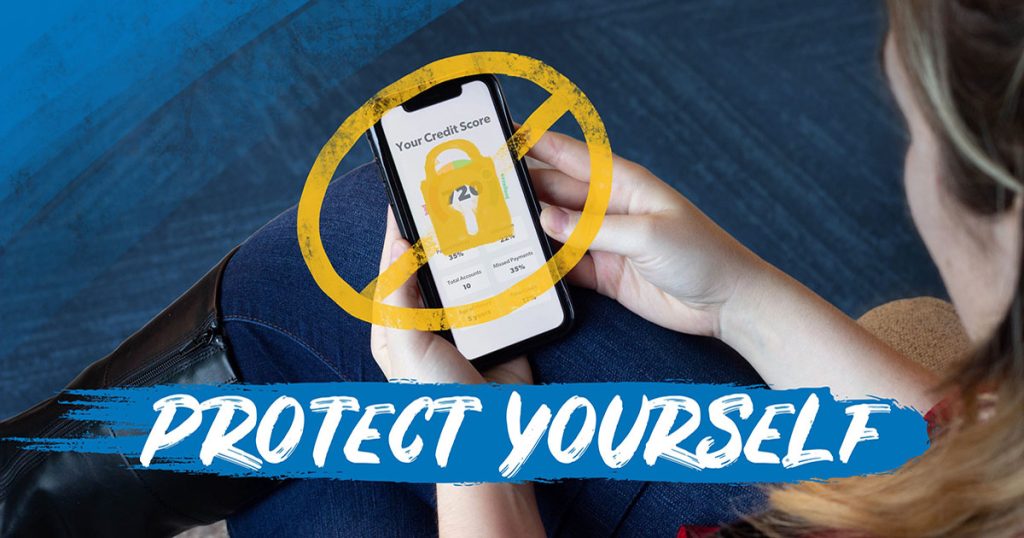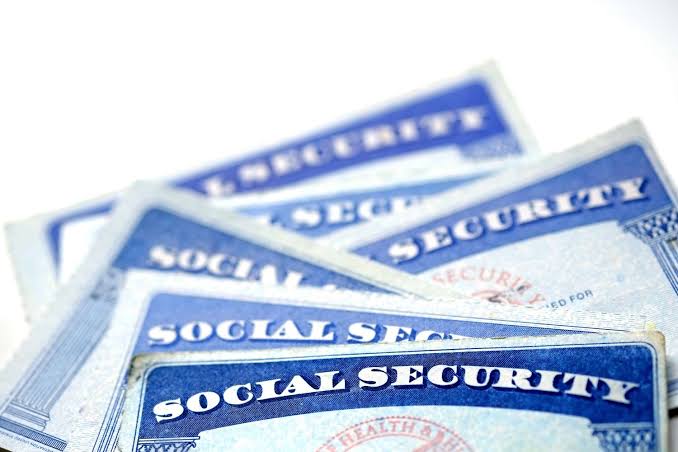With identity theft surging and personal data leaks becoming more common, millions of Americans are taking one crucial step to protect their finances: freezing their credit. It’s fast, free, and incredibly effective — yet surprisingly underused. In 2025, as more people report fraud tied to unauthorized credit card accounts, loans, and even mortgages opened in their names, financial experts say freezing your credit may be the smartest move you can make to protect your identity.
So what exactly is a credit freeze, how does it work, and why are so many people doing it now? Let’s break it down in plain language.
What Is a Credit Freeze, and Why Should You Care?
A credit freeze is a simple tool that stops lenders from accessing your credit report. That means no one can open a new credit account in your name — not a scammer, not a hacker, not even you unless you unfreeze it first.
Here’s what makes it powerful: when a lender (like a bank, credit card company, or auto dealer) can’t see your credit, they’re unlikely to approve any application. So even if a fraudster has your personal information, they’ll be blocked from opening new lines of credit.
And don’t worry — freezing your credit won’t affect your credit score, your current loans or credit cards, or your ability to use existing accounts. It’s purely a shield against new, unauthorized activity.
Why the Sudden Rush in 2025?
A string of high-profile data breaches, combined with record-setting levels of identity theft, has made 2025 the year of the credit freeze.
According to financial watchdog groups, millions of Social Security numbers, addresses, and birthdates have been exposed through cyberattacks on hospitals, credit agencies, and even government agencies. Fraudulent credit applications are up, and thieves are increasingly using leaked personal information to open accounts under stolen identities.
With this growing threat, more Americans are saying “enough is enough” and choosing to freeze their credit before they become the next victim.
How to Freeze Your Credit (It’s Easier Than You Think)
To freeze your credit, you’ll need to contact each of the three major credit bureaus. The good news? It’s free and takes just a few minutes per bureau.
You’ll be asked to verify your identity — usually with your Social Security number and address — and you’ll receive a PIN or password to use when unfreezing your report later. You can lift the freeze temporarily anytime you need to apply for a loan, credit card, or rent an apartment.
Things to Consider Before Freezing
Freezing your credit is a strong defense, but it’s not a silver bullet. Here are a few things to know:
-
You’ll need to unfreeze your credit if you’re applying for new credit or financing. Luckily, you can usually do this online in minutes.
-
Keep track of your PINs or passwords for each credit bureau — you’ll need them to make changes.
-
A credit freeze won’t stop all types of identity theft. It doesn’t prevent someone from using your existing credit card or filing a fraudulent tax return. So it’s still wise to monitor your accounts regularly.
Final Takeaway
Freezing your credit is one of the simplest, most effective ways to protect your financial life in 2025. It costs nothing, takes just a few minutes, and can save you from months (or years) of fraud recovery headaches.
Think of it as locking your front door at night — you might never have a break-in, but you’d be foolish not to lock it just in case.



